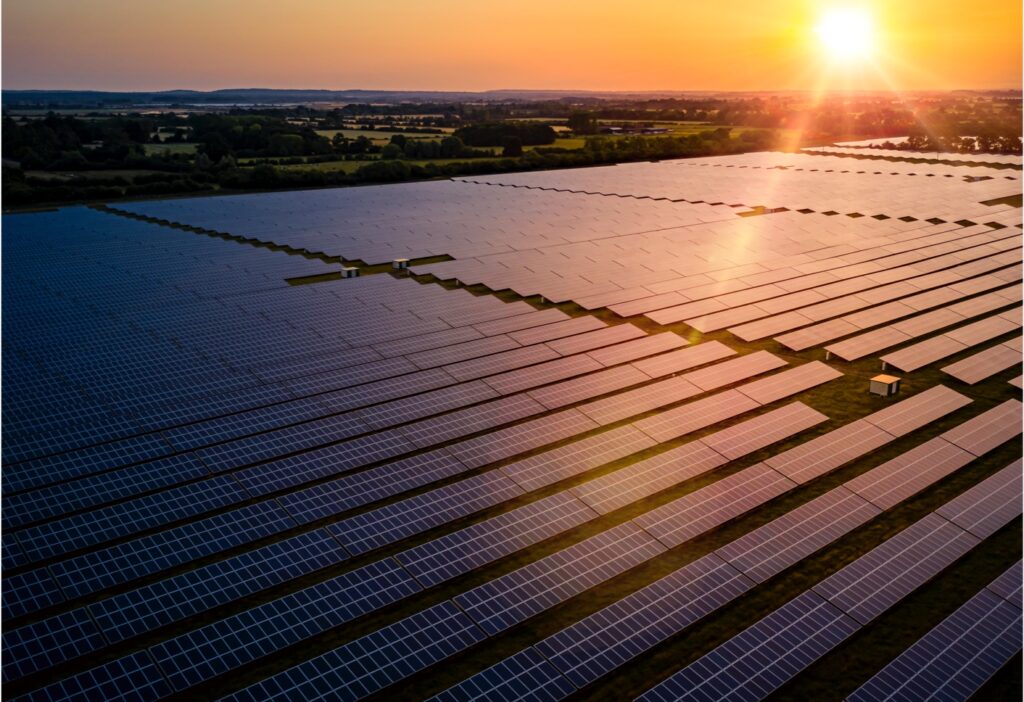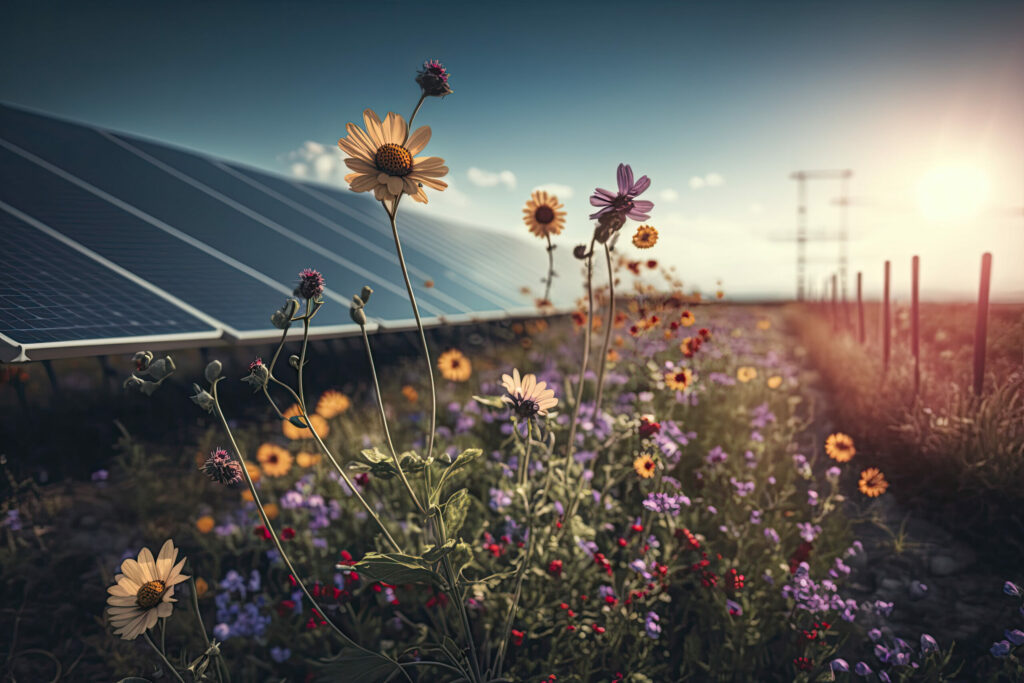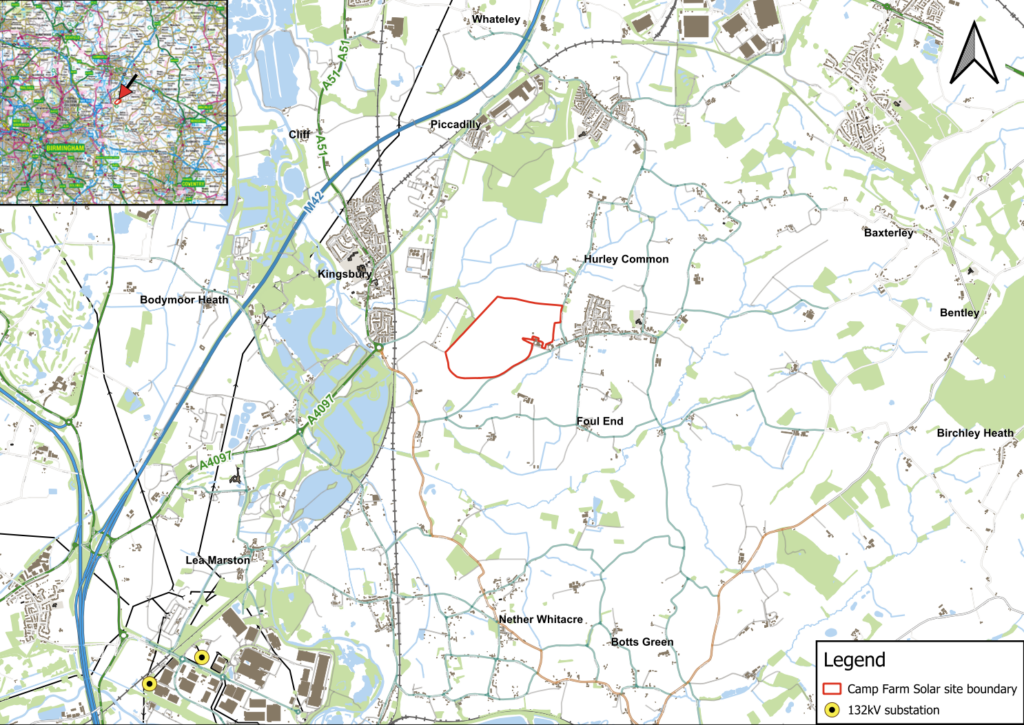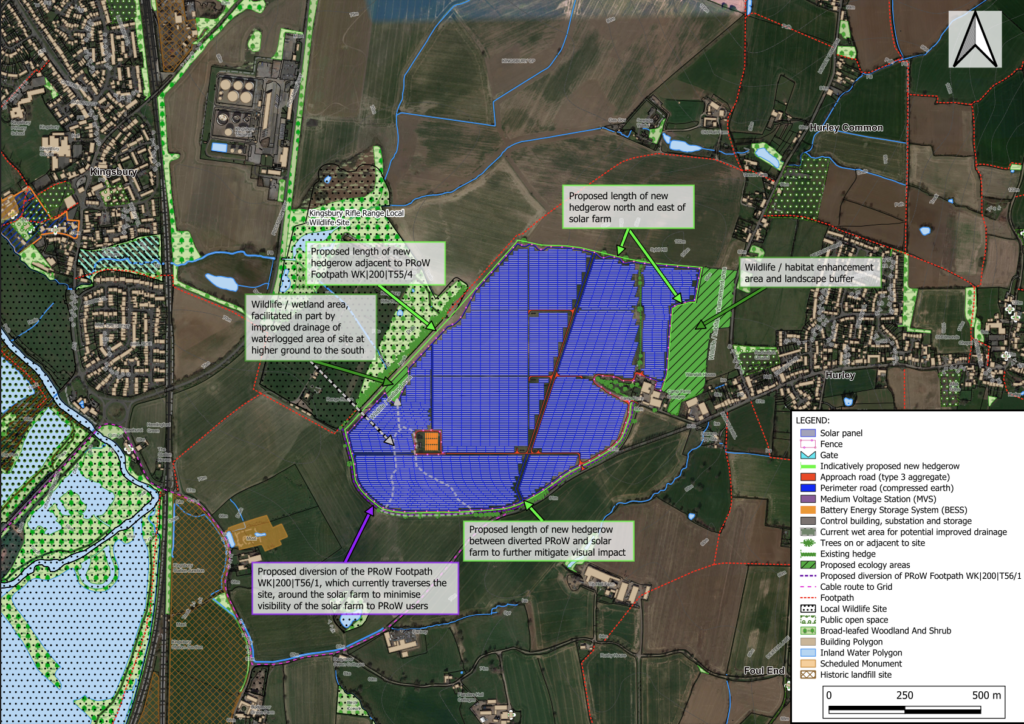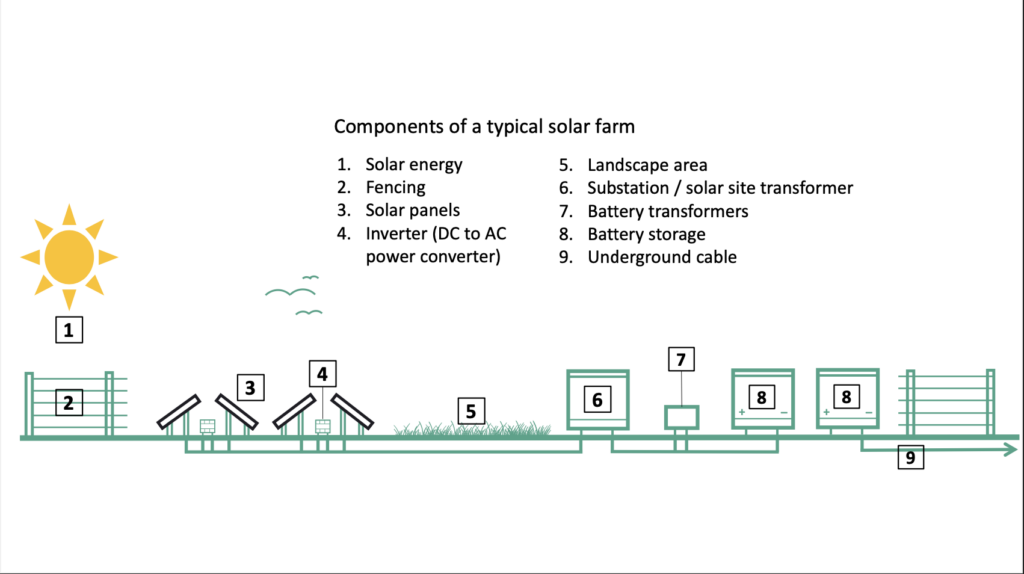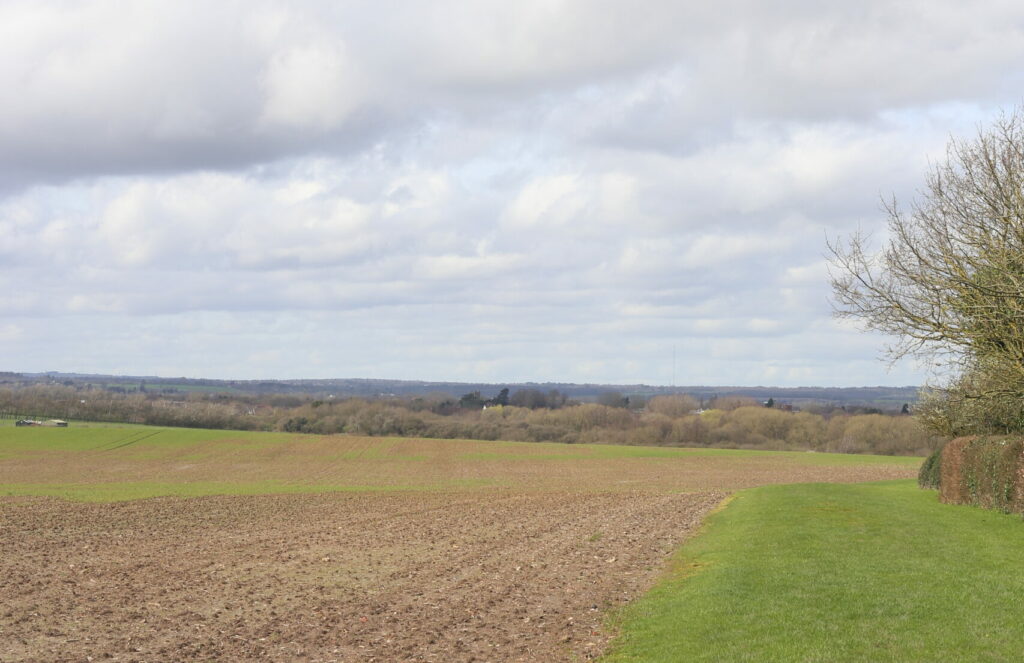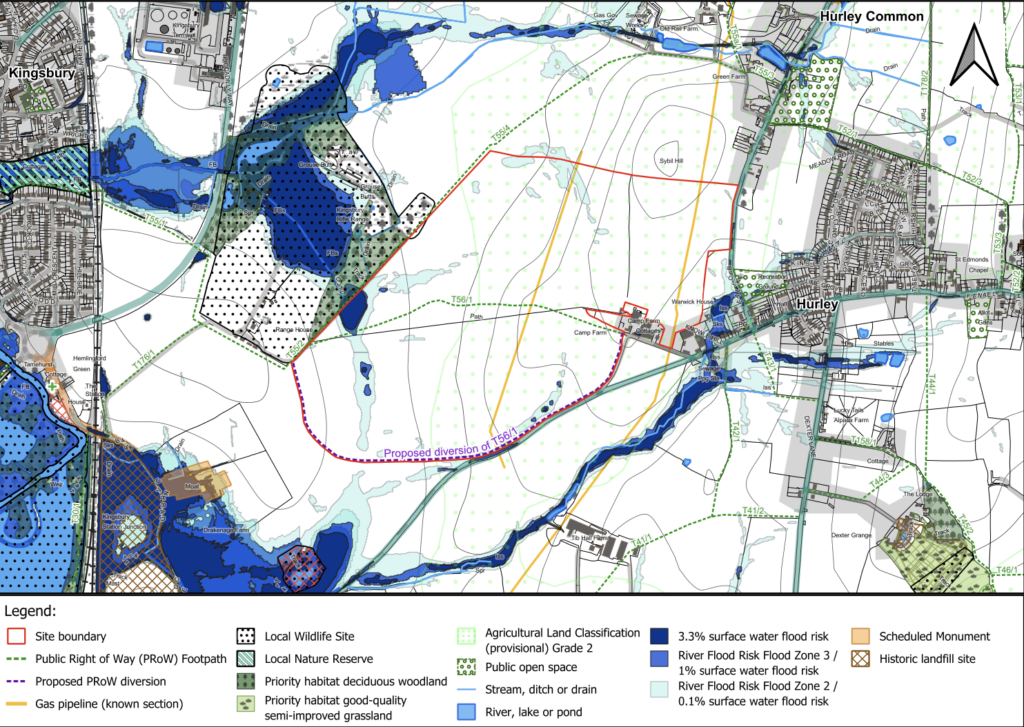The UK is transitioning to zero and low carbon sources of power. All coal-fired power stations have to close by 2025, meaning the amount of energy generated from renewable sources needs to increase. The UK’s climate change ambitions are amongst the highest in Europe and the aim to achieve net-zero carbon emissions by 2050 is set in law.
By 2050 the UK is expected by National Grid to be using double the amount of electricity than we do today. For example, the growth in electric vehicle ownership has grown thirty-fold and is set to rise with the abolition of new diesel and petrol cars by 2035.
Currently the UK’s electricity price is among the highest in Europe, meaning that we need to find ways of generating more affordable, renewable and clean electricity. Energy security for the country is also of paramount importance.
We anticipate that Camp Farm Solar will be able to supply enough energy to power 25,000 homes each year, and the clean energy generated will save on average 21,000 tonnes of CO2 per year, which adds up to just over 800,000 tonnes of over the next 40 years.
